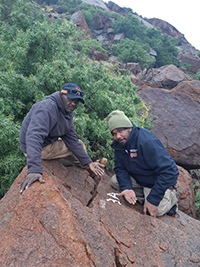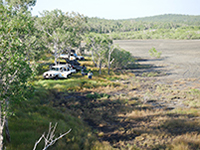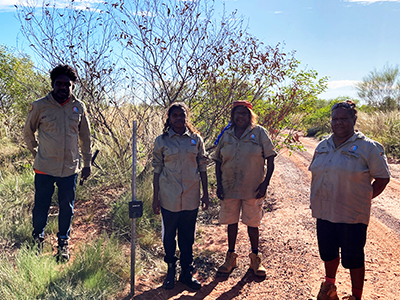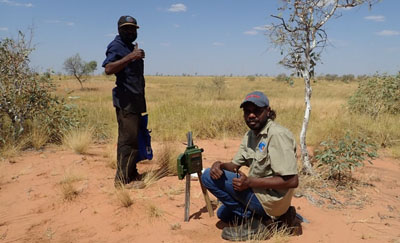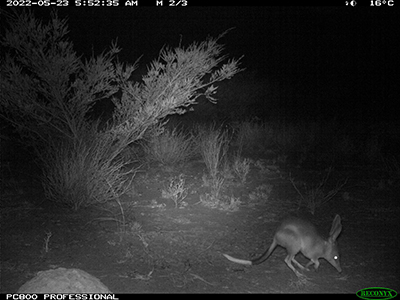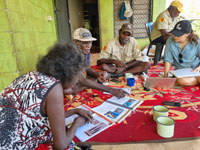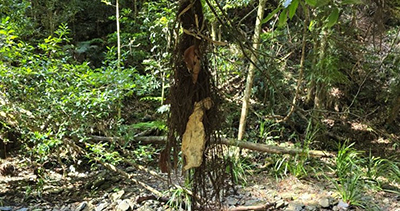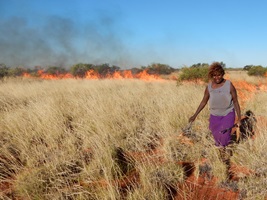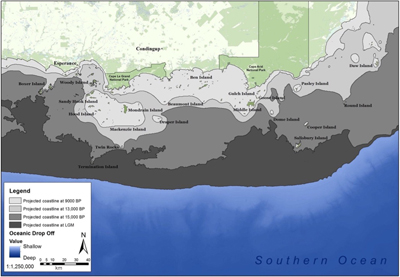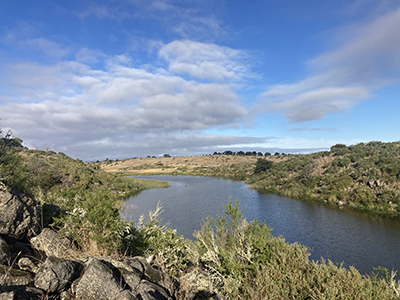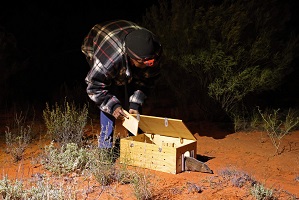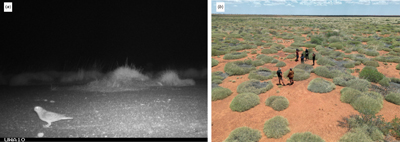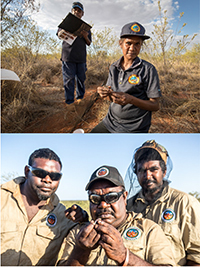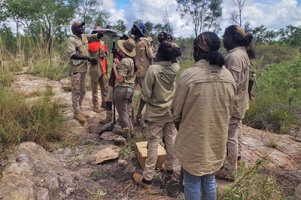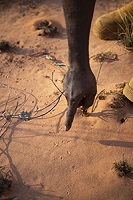The rights, responsibilities and expertise of Indigenous Australians in Caring for Country are increasingly acknowledged in policy and management. Likewise, Traditional Ecological and Biocultural perspectives are becoming more prominent in ecological research. Indigenous groups are developing and addressing their own research priorities, increasingly driving research agendas rather than responding to requests for collaboration from non-Indigenous scientists. The growing leadership of Indigenous Australians across applied ecological research is fuelling growth in cross-cultural science. This collection aims to recognise and celebrate the leadership and collaboration of Indigenous Australians in wildlife research, and showcase how this is generating fresh insights for conservation and wildlife management.
Guest Editors Jack Pascoe (University of Melbourne, Yuin, living on Gadabanut Country) Stephen van Leeuwen (Curtin University, Wardandi Noongar, living on Wadjuk Noongar Boodja) Marlee Hutton (Kimberley Land Council, Bardi Jawi, living on Yawuru Land) Emilie Ens (Macquarie University, living on Dharug Land) Hannah Cliff (Indigenous Desert Alliance, living on Wadjuk Noongar Boodja) Sarah Legge (Charles Darwin University, living on Bundjalung Land)
Warning: these articles contain terms, descriptions and opinions that may be culturally sensitive to Aboriginal and Torres Strait Islander peoples. Names or images of Aboriginal and Torres Strait Islander people, including details and pictures of people who may be deceased, are included in some articles.
Last Updated: 04 Jul 2025




